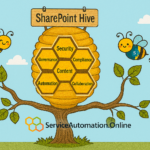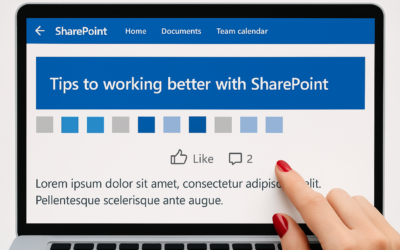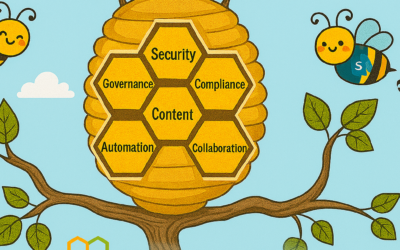One of the most difficult areas of delivering a SharePoint solution is identifying not just who should be targetted for User Adoption, but, going forward, how to sustain that User Adoption through communication. Reasons include rapid changes in the business culture, direction, and changes in technology concerning the methods used to communicate (e.g. business process changes from manual to email notification to automation, etc.). Moreover, if you have developed a customer list for Service Delivery purposes (e.g. support, user adoption, training, governance, etc.) then you will need to keep tabs on customer culture, communication technology and apply communication tactics and strategies.
In my book, I describe the process of creating a Communications Plan which is key to developing how you will develop channels of communication leading to training requirements. There is a companion to this which is a method of recording the framework, building decision maker tactics leading to implementation tactics. This method is by developing a SharePoint Communication Message Framework, which is a continually updated document and managed by resources whose tasks include monitoring SharePoint User Adoption.
The attached spreadsheet should be used to develop a SharePoint Communication Message Framework. This spreadsheet is split by Positioning, Taglines, Audiences, Benefits, and the features applied to each of those headings. There are two included sheets which record the decisions against the various communication channels, and then implementation tactics that will be used. You can then use the spreadsheet to target training, further adoption tactics, general communication about SharePoint provision, etc.
The spreadsheet is a workbook divided into three sheets. The Message Framework sheet has sample data give you an indication of what kind of information should be filled. The Decision Maker sheet also has sample data. The Implementor Tactics sheet is purposely empty, so you can enter the kind of tactics that will be applied (more information on tactics is discussed in the book).
Download the spreadsheet from here.










